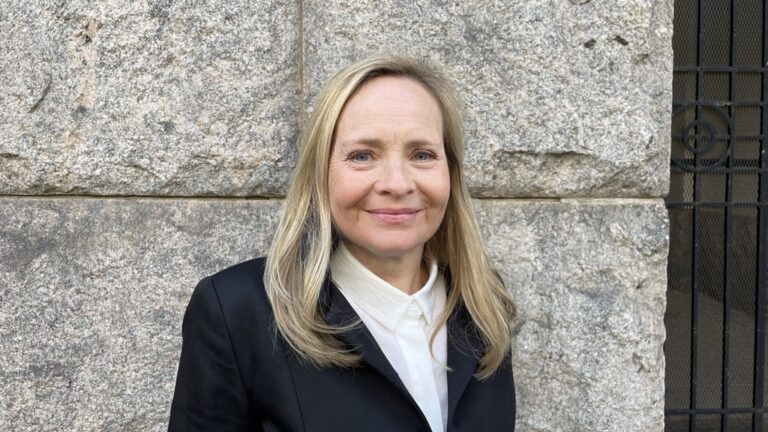The climate report is a depressing read and once again I’m struck by how difficult it is for us as humans to change our behaviour. We know very well that our planet’s thermostat is punishing us, and that so far we haven’t managed to put this development into reverse gear. Yet there’s also hope, because several countries have committed to taking action. We can achieve it, says the UN, but it requires us to go from intention to action, from hope to work, because the degree of green transition that the global community needs requires action from every sphere of social life, including the cultural sector. At Nordic Culture Point, we also believe that everyone must take responsibility in the green transition. As you know, the green transition and climate footprints are what happens in day-to-day life in terms of food waste, shopping and transport, to name a few. As an organisation, Nordic Culture Point is an environmentally certified workplace and it’s our mission to work on accelerating the contribution of the Nordic cultural sector to the sustainable transformation of society.
The role of culture in sustainable development
The cultural sector isn’t included in the UN’s 17 SDGs, but we know that art has the power to change and an inherent potential to bring about change in society. This is because the narrative power of art and culture can make us reflect on our role in the world and can reach people in a different way than facts and figures. The cultural sector has a very special ability to bring people together and thereby create awareness and communicate sustainability, but also to make it relevant for the individual person. In addition, for thousands of years art has had a function whereby nature has always been its primary source of inspiration. The basic concepts of aesthetics and harmony have their roots in the order of nature. As a mediating power, art has a fantastic opportunity to bring us back to nature, to restore our contact with it and to make us want to take better care of it. This is what makes art crucial for the green transition.
What expectations do the Nordic Council of Ministers’ ministers for culture have in terms of the role of culture in sustainable development, and what role should the cultural sector have in the green transition? The ministers for culture are going to discuss this in the coming year, when they’re expected to adopt a new Nordic co-operation programme for cultural policy from 2025 to 2030.
Vision 2030 is fixed and although the goal of a sustainable Nordic Region is unwavering, the path to get there for the cultural sector may well look different, depending on whether you’re an individual artist or a large national or regional cultural organisation which is seeking funding from us. Large cultural organisations with buildings and stages naturally leave a larger climate footprint than individual artists, and therefore they also have a greater responsibility for the green transition.
At Nordic Culture Point, we receive around 2,000 applications a year for grants for cultural projects. From this we know that cultural organisations and artists really want to be part of the green transition. Of course, it’s positive that the cultural sector doesn’t just see the climate area as an instrumentalisation of the arts, but that there’s a genuine will in the cultural sector to address the major climate challenges we face.
At the same time, it’s important that we protect art’s freedom and special ability to create a diversity of aesthetic expressions and narratives. We want to reduce our climate footprint in cultural production but not minimise culture’s narrative power when it comes to opening our eyes and minds to a diversity of stories that can teach us more about ourselves and each other. Because with knowledge and insight into other people’s lives, our curiosity is stimulated and so too are our understanding and tolerance towards others, which is also a prerequisite for a sustainable life, not just in the Nordic Region, but around the globe.
Gitte Grønfeld Wille, Director, Nordic Culture Point.

